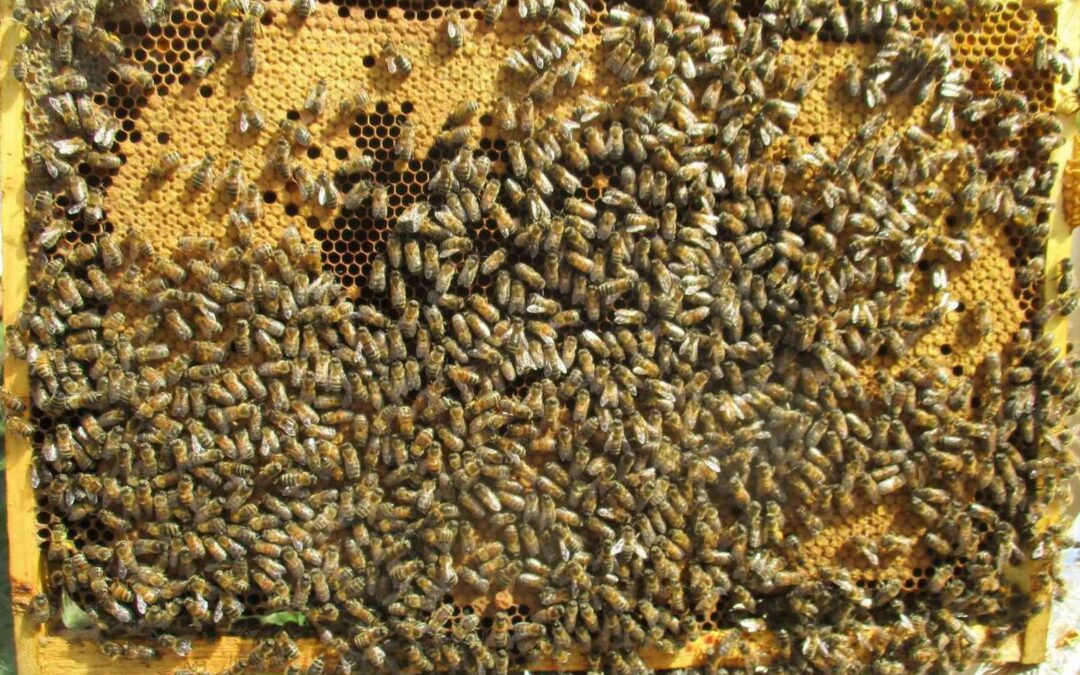In March, the Bay Area of California experiences a transition into spring, bringing warmer temperatures and more abundant floral resources for bees. This period is critical for beekeepers, as it sets the foundation for a productive year. Here’s a comprehensive guide on what to do with your beehive in March in the Bay Area, focusing on inspection, management, and preparation for the upcoming season.
Inspection
1. Hive Health: Begin with a thorough inspection of each hive. Look for signs of disease, such as American Foulbrood or Varroa mite infestations. Healthy brood patterns and the presence of eggs, larvae, and capped brood indicate a strong queen.
2. Queen Performance: Assess the queen’s performance by observing the brood pattern. A solid brood pattern with few missed cells is ideal. If the queen’s performance is lacking, consider replacing her.
3. Population Dynamics: Evaluate the colony’s population. A growing population is a good sign, indicating that the hive is ready to take advantage of early nectar and pollen sources. Ensure there is enough space for the colony to expand and prevent swarming.
Management
1. Feeding: Early in March, check the hive’s food stores. If stores are low, supplement with sugar syrup (1:1 ratio of sugar to water) and pollen patties to stimulate brood rearing and support the colony until natural nectar and pollen become abundant.
2. Varroa Mite Control: Implement Varroa mite management strategies if not done so in the fall. Options include mechanical methods like drone comb removal or chemical treatments that are safe for use during brood rearing. Always follow label instructions for any treatments.
3. Swarm Prevention: To prevent swarming, consider techniques like splitting strong colonies, removing some brood frames to give the queen more laying space, or even adding a new box if the hive is particularly crowded.
Preparation
1. Equipment Check: Ensure all your beekeeping equipment is in good repair. Clean and sterilize tools and frames as necessary, and prepare new boxes and frames for expansion or swarm catches.
2. Garden Preparation: Enhance your garden or the surrounding area with bee-friendly plants that bloom at different times of the year, providing continuous forage. Early bloomers are especially valuable at this time.
3. Education: Stay informed about local beekeeping practices and any concerns specific to the Bay Area. Consider joining a local beekeeping association for support and up-to-date information.
Conclusion
March is a busy month for beekeepers in the Bay Area, requiring careful inspection, management, and preparation for the spring and summer ahead. By ensuring the health of the hive, managing food stores and pests, and preparing for the growth and expansion of your colonies, you can set the stage for a successful beekeeping season. Always remember, beekeeping practices can vary based on local conditions and challenges, so staying informed and adaptable is key.

